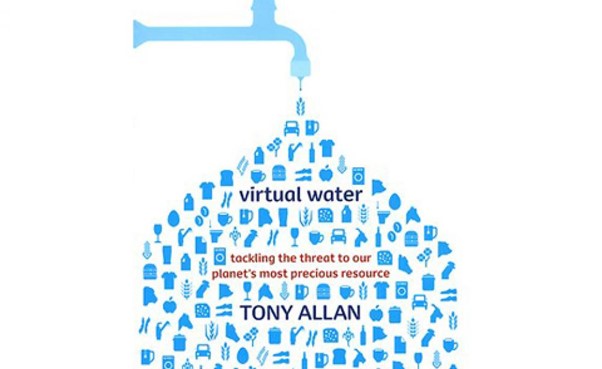Previously, I explored the
possible synergy of the GERD’s construction for the three downstream riparians.
One thing that became evident is the heavy reliance on the Nile’s flows by
Egypt and Sudan and how volatile their situations may become with increasing
climate variability and usage of the Nile by other riparians.
Here I will investigate the
necessity for Sudan and Egypt to adapt to other means of water resources to
increase food security.
To meet increasing demand of
food, two policies can be implemented: domestic food growth or importing food. One
of the top priorities of African countries is to increase food
security – the ability to feed the population comfortably . Egypt employed
several agricultural projects to expand cultivated land and boost domestic
agricultural production (Hamza
& Mason 2004). Egypt’s estimates claim an additional 20.9km3
per year-1 may become available through more efficient water usage
and cropping patterns (ibid).
THE TOSHKA PROJECT
VIRTUAL WATER
The term ‘virtual water’ (VW)
explains the ‘volume of water embodied in food crops that are traded
internationally’ (Wichelns
2001:131). There is an economic dimension to VW, the concept of comparative
advantage, which is crucial to comprehending the benefits of VW. By the
millennium, annual importation of 50million tonnes of grain to the Middle East
& North Africa equated to the importation of 50km3 of virtual
water, comparable to the annual flow of the Nile to Egypt (Allan
2003).
By reducing the crops grown
inland, Egypt can focus on producing specific crops, become more efficient in
growing them, reducing water consumption, and inject foreign currency into the
country. Presently, Egypt’s net virtual water import as a percentage of water
resources is 23.55% (El-Sadek
2009). A shift from next importing to net exporting VW will maximise
Egypt’s benefits of less water-intensive activity, reducing water-stress. This
in turn can ease political tensions between riparians over the management of
the Nile as there is less dependency on the Nile as the sole source of water
for food production. One kilogram of banana produced in Egypt comprises
1300litres of virtual water, three-fold the global average (Gad et al. 2009). This demonstrates benefits of trading
between efficient and inefficient water users, where the preponderance of key
food exporters have productive rainfed agriculture systems, whilst major food
importers are water-poor and dependent on irrigation (Barnes 2013).
Thus, there needs to be increased
diversification of food sources for lower riparians to mitigate the risks of
climate variability and the ever-shifting management of the Nile’s waters. Upper
riparians will continue to strive for their own food and water security putting
lower riparians at risk if they fail to adapt. Analysing water this way in its real
and virtual forms is valuable for quantifying the water-food nexus and implementing
more efficient and suitable policies.



This is an amazing post. I like how you're assessing the situation and providing solutions for Egypt. This post was filled with stats and rich data, so well done. VW appears as a good solution for Egypt, but as with any solution there are always problems, do you think there are problems for VW?
ReplyDeleteThank you, yes there are definitely issues with virtual water, for one, it still requires efficient irrigation which Egypt currently has been inefficient in devising an irrigation system that uses the Nile effectively with little waste water. Also it implicitly assumes that water that would be released by reducing a high water use activity would necessarily be available for use in a less water-intensive activity.
DeleteYou provide a really good synthesis of data and readings, alongside interesting diagrams to give a detailed analysis of two key potential solutions. You briefly mention attempts to introduce desert reclamation in 2015, do you think this is a plausible solution, especially in light of the The Toshka project requiring an additional five to nine billion cubic metres of water annually?
ReplyDeleteThank you for you comment. I think it can definitely be a plausible solution with correct management and design as other countries have been successful in desert reclamation. Egypt is particularly difficult due to their lack of water resources such as renewable groundwater stores, but if managed correctly and given the resources required, it could work as a solution alongside VW.
Delete